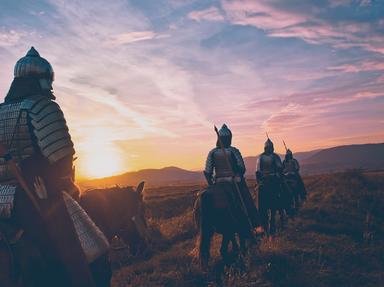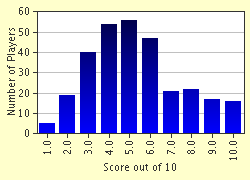Quiz Answer Key and Fun Facts
1. Joseph of Arimathea was a follower of Jesus who, according to medieval legend, brought the Holy Grail to the British Isles. But where did he supposedly settle?
2. In medieval times it was widely believed that somewhere in Asia or perhaps Africa there existed the perfect Christian kingdom, ruled over by a wise and good king who would ride westwards with his forces to help the Crusader knights recapture the Holy Land. What was the name of this king?
3. Jupiter, named after the Roman god, is the largest planet in our solar system. But which scientist discovered its four largest moons?
4. When Elizabeth I died without any children, King James of Scotland was asked to take the throne of England. He thus became James I of England - but by which number was he known in Scotland?
5. The vicious Judge Jeffreys hanged many people for their role in the Monmouth rebellion. The Duke of Monmouth led an uprising in the South-West of England in an attempt to claim the throne. Against which king was the uprising aimed?
6. The Jacobites in eighteenth-century Britain supported the restoration of the Stuart line and the overthrow of the Hanoverians. In 1745, Jacobitism's shining light, Bonnie Prince Charlie, led a Scottish invasion of England. How far south did he get?
7. Which President of the United States was known by the nickname 'Old Hickory'?
8. Author Jerome K. Jerome is best remembered for the comic novel 'Three Men in a Boat'. The K stood for 'Klapka'. But where did this astonishing name come from?
9. The naval battle of Jutland was fought between which two countries?
10. The 1930s were hard times economically for much of America and Europe. In Britain, two hundred men from the town of Jarrow marched to London to protest against high unemployment. But where was Jarrow?
Source: Author
bolan1
This quiz was reviewed by FunTrivia editor
bloomsby before going online.
Any errors found in FunTrivia content are routinely corrected through our feedback system.


